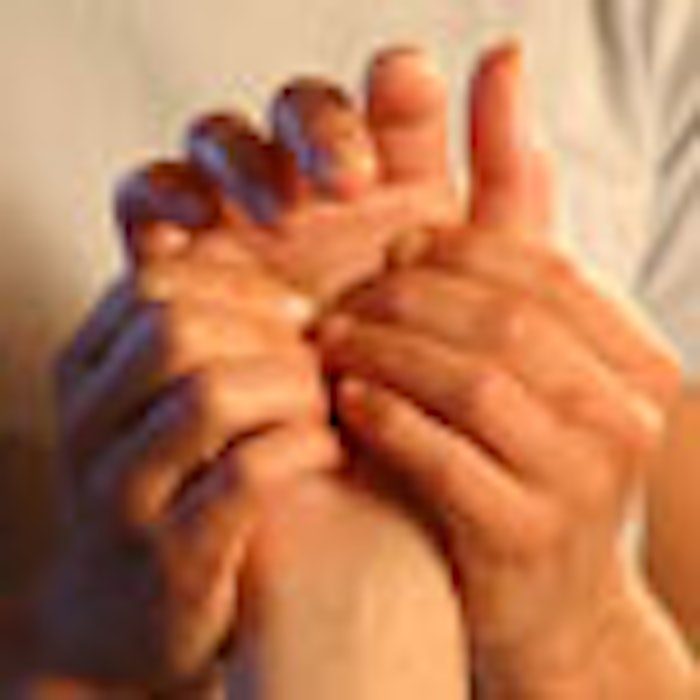
When it comes to running errands and shuttling kids to and from school and various practices, moms often bear the brunt of carpooling—literally.
Dermatologists caution that in the process, moms may be getting unintentional sun exposure that can lead to early signs of aging of the hands, such as dark brown age spots and loss of volume that results in thin, sunken skin.
“Women tend to forget about the hands when caring for their skin, but hands often can reveal a person’s true age,” says Dee Anna Glaser, MD, FAAD.
While aging of the hands usually begins in the 40s or 50s with discoloration and age spots, hands can begin to show signs of aging earlier if they are repeatedly exposed to the sun without proper protection. By the 50s and 60s, people may begin to lose volume in their hands making prominent veins and tendons more noticeable. Moms with carpooling duty need to know that ultraviolet A (UVA) radiation can pass through window glass and penetrate the deepest layer of the skin. This could lead to the types of sun damage that prematurely age the hands.
However, Glaser says women can preserve the appearance of their hands with proper sun protection, and dermatologists can treat aging hands with the latest aesthetic technologies. Here are some tips to keep in mind:
Protect from Sun Exposure
- Remember to use a broad-spectrum sunscreen with a Sun Protection Factor (SPF) of 30 or higher on the hands and reapply throughout the day, especially after frequent hand washing.
- Keep a tube of sunscreen in the car and apply before driving. Use a hand cream with added sunscreen to provide a base layer of protection to the hands.
- Wear gloves when doing yard work or playing outdoor sports. Golfers should consider wearing a glove on each hand to cover the back of the hands.
Topicals Offer Mild Improvement/Prevention
- For women in their late 30s or early 40s, topicals containing glycolic acid or antioxidants are an inexpensive way to stimulate repair from sun damage on their hands. However, topicals must be started early before damage is too extensive.
- Hydroquinone, tretinoin and retinoids cannot completely reverse signs of aging hands, but these topicals can be used to improve the skin and prevent further damage.
Fill ‘er Up
- Fillers used to restore volume loss in the face are now being explored and used off label by some dermatologists to restore fullness in the hands.
- Fillers add volume to the back of the hand, lifting and shaping the skin and diminishing the appearance of the veins and tendons to provide smoother, more youthful skin.
- Injecting fillers into the back of the hand is an in-office procedure that takes about 20–30 minutes and requires no anesthesia. Results are immediate and typically remain for about one year, with some patients experiencing only slight bruising following the procedure.
- The instruments used to administer fillers have improved over the years. New cannulas with blunt tips help to reduce temporary bruising.
- In some circumstances—such as when a patient is scheduled for liposuction—a patient’s fat can be used to build volume in the hand. During this procedure, fat is injected into the hand to rebuild the lost shape.
Lasers Can Treat Texture and Pigment Changes
- New laser technologies can treat uneven skin tone and texture, as well as age-related pigmentation changes such as age spots or liver spots.
- Fractionated lasers, widely used to rejuvenate the face, improve skin tone and smooth fine lines on the hand by precisely targeting small sections of the deep layers of skin. The surrounding skin is left untreated to help stimulate healing.
- Depending on the patient, three to six treatments may be needed for best results. Following treatment, the skin will turn red for about a week to 10 days and improvement in the appearance of the hand will increase gradually over time.
- Pigment-specific lasers are used to treat dark brown spots on the hand by delivering a beam of light that penetrates the skin surface. Following treatment, brown spots appear darker for about a week then they will scab, fall off and then turn pink as the skin begins to heal. One to two treatments may be needed to improve pigmentation problems.










